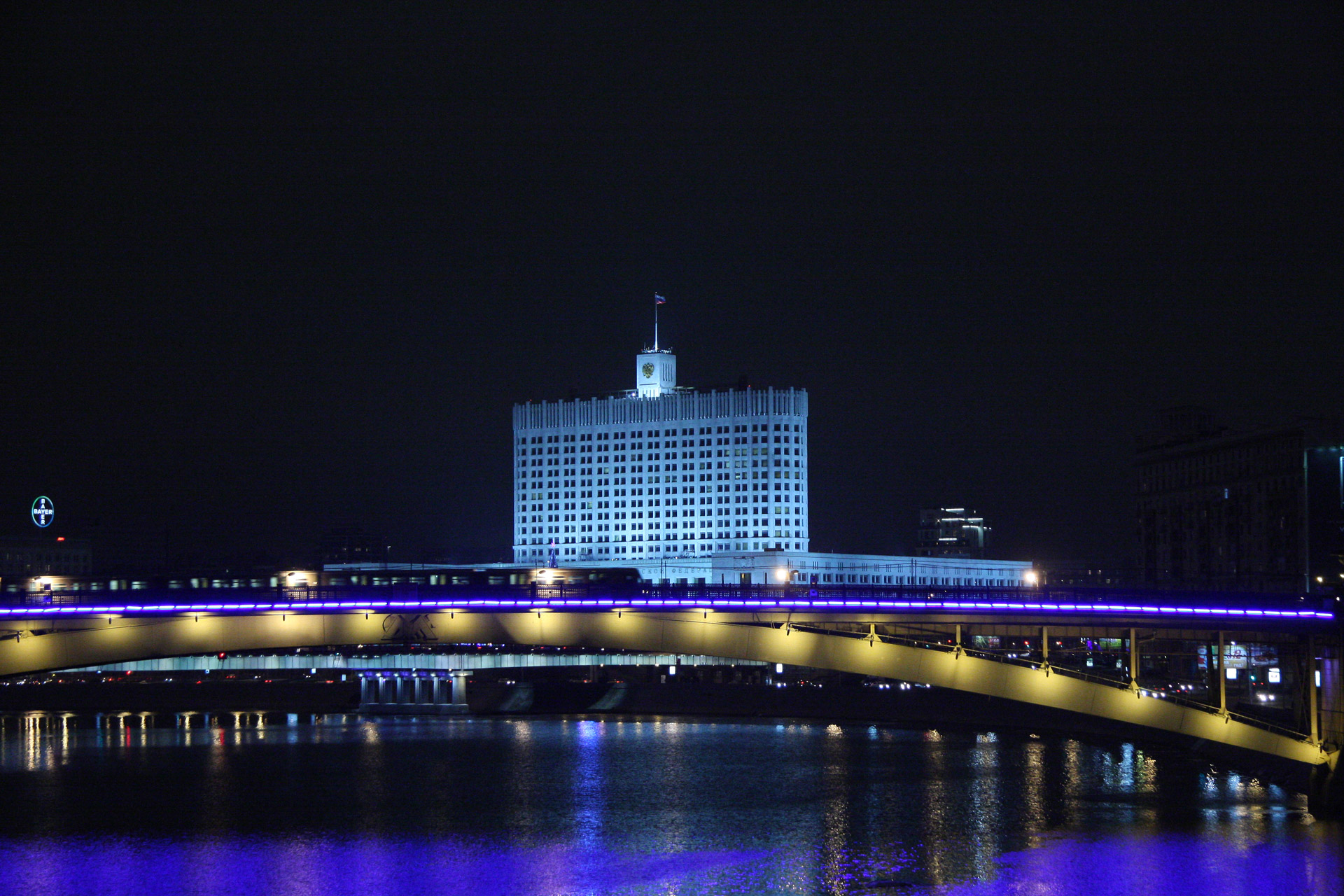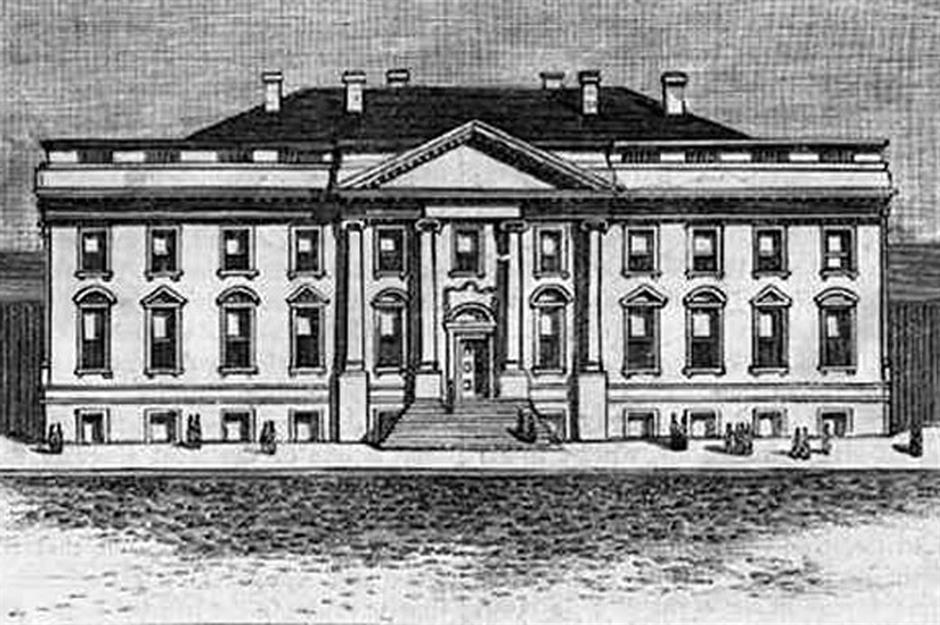Table Of Content

Richard Nixon, who was a dedicated bowler, had a subterranean single-lane bowling alley installed beneath the area of the north portico in 1973. The mansion quickly became a focal point of the new federal city and was symbolically linked to the United States Capitol by way of Pennsylvania Avenue. Following his inauguration in March 1801, Jefferson became the second president to reside in the executive mansion. In keeping with his ardent republicanism, he opened the house to public visitation each morning, a tradition that was continued (during peacetime) by all his successors. He personally drew up landscaping plans and had two earthen mounds installed on the south lawn to remind him of his beloved Virginia Piedmont. Meanwhile, construction continued on the building’s interior, which still lacked ample staircases and suffered from a persistently leaky roof.

President George Washington
Natural stone and architectural windows by Pella complete the Atlanta home’s fresh feel. After 150 years, wooden support beams and exterior load-bearing walls of the White House were weak. Engineers declared the building unsafe and said that it would collapse if not repaired. In 1948, President Truman had the interior rooms gutted so that new steel support beams could be installed. During the reconstruction, the Trumans lived across the street at Blair House.
Construction of the White House
Also two stories, the East Wing, meanwhile, contains office space for the first lady and her staff and features a covered entrance for guests during large events. At 55,000 square feet, the six-floor White House boasts 132 rooms (16 are family guest rooms), along with 35 bathrooms. According to the official White House web page, it’s home to 28 fireplaces, eight staircases, three elevators, 412 doors and 147 windows—and has a kitchen equipped to serve full dinner for up to 140 guests, or hors d'oeuvres for 1,000-plus visitors. James Hoban, an Irish immigrant and architect hand-picked by President George Washington, designed the original building. After the British set fire to it in 1814, during the War of 1812, Hoban led the effort to rebuild the structure. Jefferson then formalised the open house policy, opening up the residence for tours.

Public access and security
During the Kennedy administration, the White House Rose Garden was redesigned by Rachel Lambert Mellon. Bordering the East Colonnade is the Jacqueline Kennedy Garden, which was begun by Jacqueline Kennedy but completed after her husband's assassination. A pale yellow home with white accents is sure to make all who enter, and even those who pass by, smile. For his family’s Florida vacation home, designer Doniphan Moore chose to paint the classic Georgian’s columns in white to contrast with the light yellow walls. Go for an earthy color palette of dark gray-green paired with wood and stone for an exterior that feels grounding.
By conducting genealogical research, this map tracks the general location of the slave owners and where the enslaved people would have traveled from to work in the District. Although some locations are exact, most are estimated based on county and church and census records. If you have any additional information about anyone on this map, please reach out to According to the will, George Fenwick left four city lots in the new city of Washington and significant tracts of land in Prince George’s County, Maryland, and St. Mary’s County, Maryland, to his sons.
Hoban's source for the White House was Leinster House (1745–1751, Richard Castle, architect), originally the Dublin residence of the Duke of Leinster and today the Irish parliament house. Was the perfect spot for the U.S. captial, but its selection was controversial. Secretary of the Treasury Alexander Hamilton and others wanted the capital to be located in a northern commercial center. Southern leaders proposed that the federal city be built in an agricultural region to avoid concentrating financial and political power.
See how first ladies have transformed the White House for Christmas - CNN
See how first ladies have transformed the White House for Christmas.
Posted: Wed, 29 Nov 2023 08:00:00 GMT [source]
Latrobe, born in England to an American mother and an English father, had practiced in the United States for seven years. They shared an intense interest in architecture, science, invention, philosophy, and religion. The Madisons eventually moved into the nearby Octagon House, the Washington mansion of John Tayloe, a Virginia plantation owner. Reconstruction and expansion began under Hoban’s direction, but the building was not ready for occupancy until 1817, during the administration of Pres. Hoban’s reconstruction included the addition of east and west terraces on the main building’s flanks; a semicircular south portico and a colonnaded north portico were added in the 1820s. Architects can learn several key lessons from the design and construction of the White House.
Thirdly, the White House teaches architects about the significance of resilience in design. Despite being burned down during the War of 1812, the building was reconstructed based on the original designs. This resilience is a testament to the strength and durability of the original design and construction. Fourthly, the White House showcases the importance of incorporating national and cultural symbols in design. The building, designed in the Neoclassical style, is an enduring symbol of American democracy.
President Roosevelt lived with paralysis due to polio, so the White House was remodeled to accommodate his wheelchair. Franklin Roosevelt also added a heated indoor swimming pool to help with his therapy. In 1970, the swimming pool was covered over and used as the press briefing room. Made of mirror-like black granite, the Vietnam Veterans Memorial Wall captures the reflections of those who view it. The 250-foot wall, designed by architect Maya Lin, is the main part of the Vietnam Veterans Memorial. Construction of the modernist memorial stirred much controversy, so two traditional memorials—the Three Soldiers statue and the Vietnam Women's Memorial—were added nearby.
There are also 412 doors, 147 windows, 28 fireplaces, eight staircases, and three elevators. During the final days of White House construction, labor forces—both enslaved and free—were drastically cut by the commissioners. By this point, the exterior was largely finished, and free white carpenters furiously worked to finish the interiors. The final known receipt for a payment to a slave owner occurred on June 7, 1800, when the commissioners paid $19.74 to a slave owner named Joseph Queen for the use of enslaved sawyers. This map illustrates the movement of enslaved laborers who were sent to Washington, D.C. Because the capital did not have a large population at the onset of the initial construction, the commissioners hired out enslaved people from a variety of slave owners in Maryland, Virginia, and the District of Columbia.
The former housekeeper’s room, with its built-in closets, is now the Diplomatic Reception Room. At that time, the Public Audience Room (East Room) was not finished and remained unfinished for years. The grand staircase at the north end of what is now the State Dining Room and some of the second-floor rooms were only used for storage.
A quarry at Aquia Creek 40 miles down the Potomac from the site proved to be convenient. The creek was navigable from a quarry dock up to a wharf near the building site. The building material was sandstone (called “freestone” because it was so easy to quarry), which was porous and susceptible to cracking in freezing weather. But L’Enfant had a falling out with the president’s commissioners that led to his dismissal in February 1792 before he had completed plans for the Capitol and President’s House. At Washington’s request, Secretary of State Thomas Jefferson announced an architectural competition to produce design drawings for the President’s House.

No comments:
Post a Comment